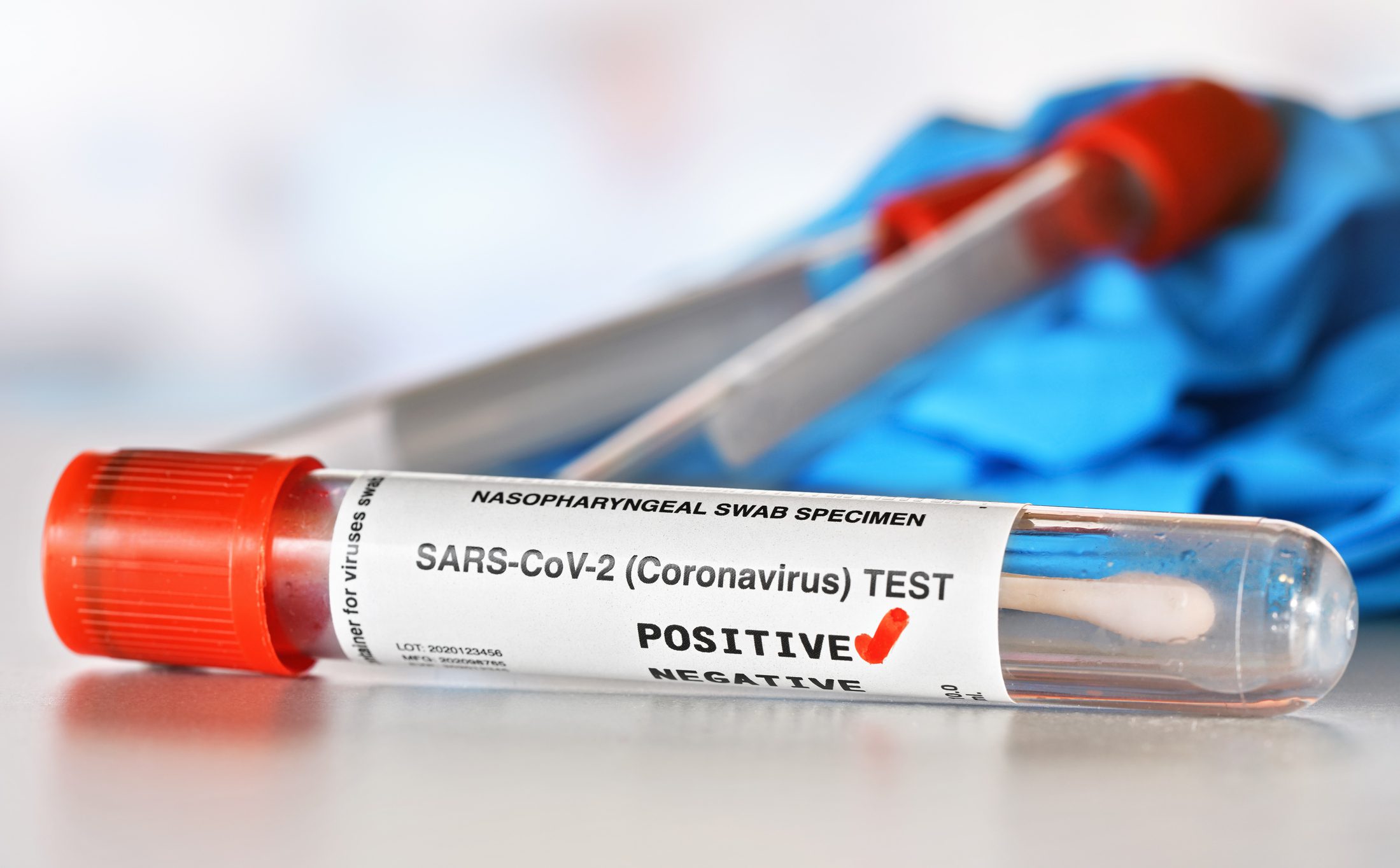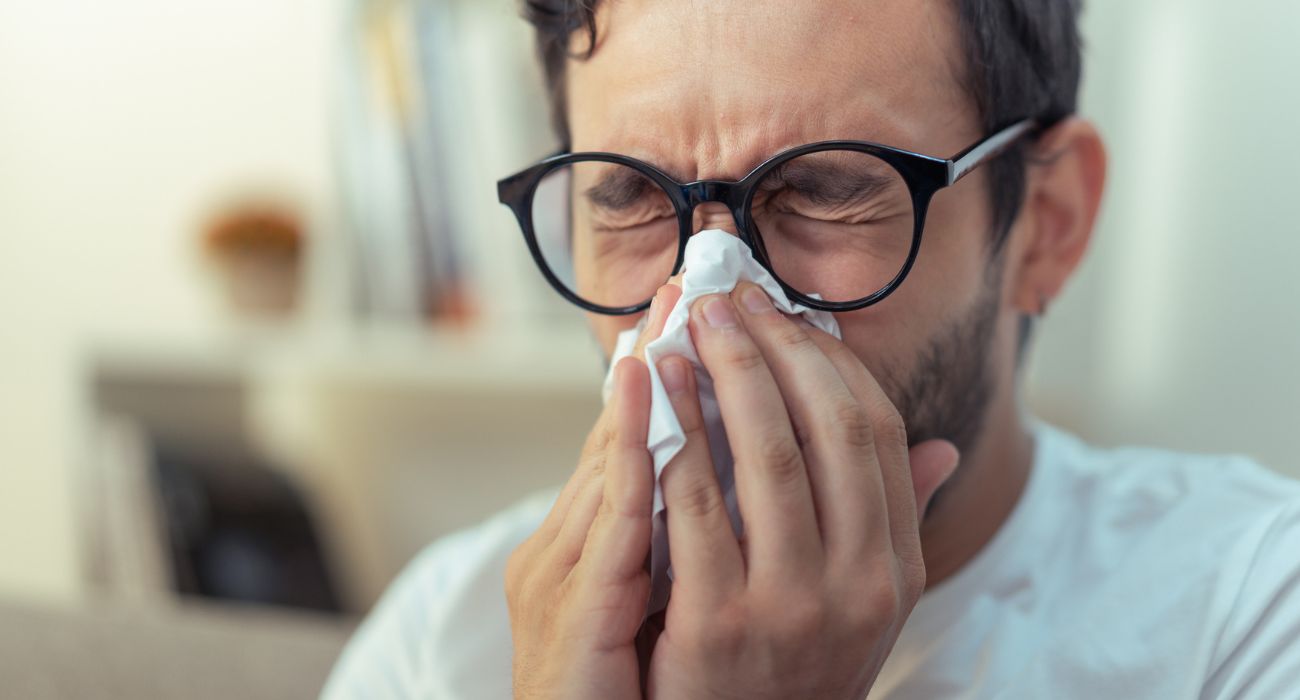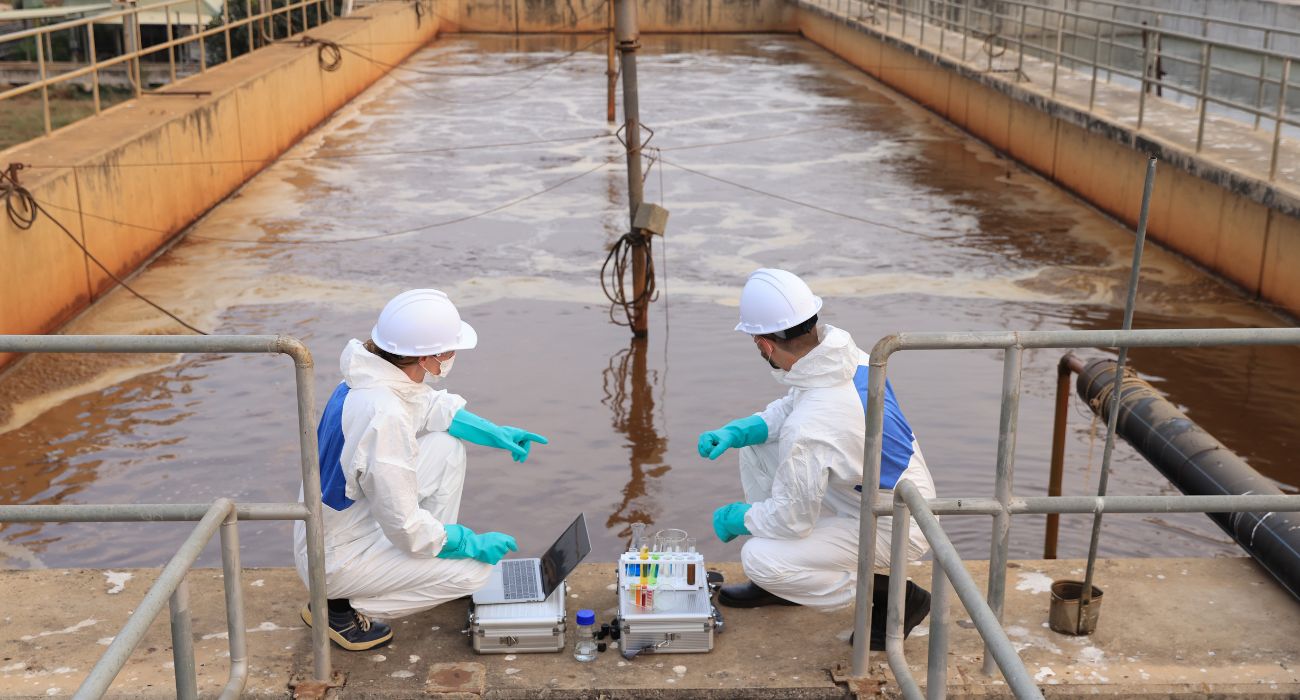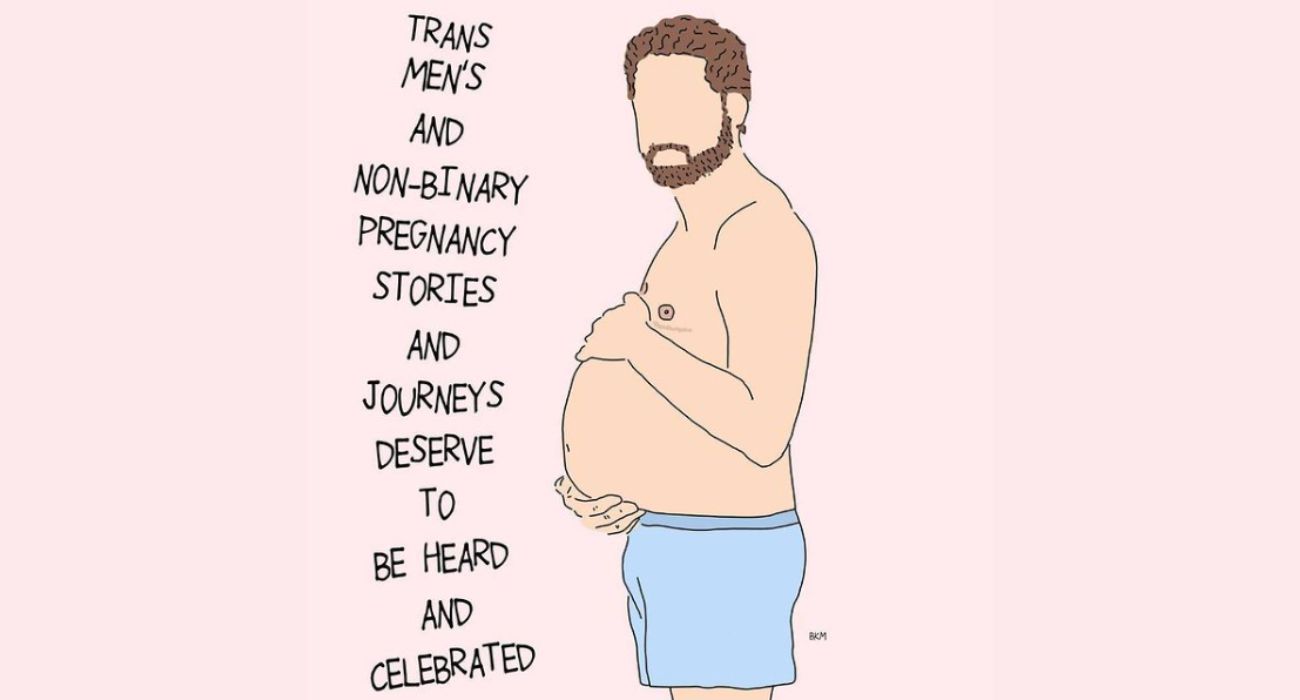On Monday, the Centers for Disease Control and Prevention announced new guidelines for individuals quarantined after to a positive COVID-19 test, shortening the recommended isolation time from ten days to five.
After the five days of quarantine, the organization recommends wearing a “well-fitting” mask when around others for an additional five days.
The announcement comes right on the heels of the recent surge of COVID-19 cases due to the latest variant, Omicron.
The CDC said those exposed to the virus after being fully vaccinated and boosted or recently (within the past six months) fully vaccinated are advised to wear masks for ten days and get tested for COVID-19 after five days.
For those individuals unvaccinated or not fully vaccinated who believe they may have been exposed, the CDC recommends they stay home for five days and test on the fifth day, if possible. Then wear a mask for the next five days if venturing out in public.
The CDC stated that anyone with a fever should isolate until symptoms resolve.
After conducting research, health experts decided to shorten the recommended quarantine time after researching how long vaccinated persons exposed to COVID-19 remain infectious. The object of the new guidelines is to allow individuals to safely and quickly return to their work and public lives.
Before the new variant arrived, the New England Journal published an eight-month study noting that those unvaccinated were contagious up to eight days, while vaccinated individuals took less than a week to become non-transmissible.
Many businesses, hospitals, and airlines struggle to remain adequately staffed as a result of COVID-exposed workers quarantining for long periods. It is hoped that the new guidelines will provide some relief to the staffing shortages.
Ashish Jha, the Dean of the Brown University School of Public Health, said, “When you have a rapidly spreading infection that’s going to have tens of millions of Americans infected in the next couple of months, ten days is enormously disruptive. This policy is safe, it doesn’t put people at risk. We don’t think most people are contagious after five days.”
Research conducted by the CDC shows the risk of transmission lessens towards the end of the time frame. They also said it is easily transferable one to two days before symptoms develop and two to three days afterward.
Some workers have expressed concern about cutting down isolation time. In a letter to CDC Director Rochelle Walensky, National Nurses United wrote that more people would be at risk for illness and death with the shortened recommended length of isolation.
The new Omicron variant has been causing cases to rise at an increasing rate since its first discovery in November in South Africa. In a matter of weeks, the strain became the dominant variant in the United States.
According to the most recent statistics on the Wall Street Journal Coronavirus Tracker, 555,397 cases of COVID-19 were reported nationwide on Thursday, December 30, as of 5:00 p.m. The seven-day rolling average for new cases over the last seven days was 300,887 per day, with numbers escalating upward each day.
Travel and social gatherings over the holiday season, combined with the new variant’s high transmissibility rate, have likely contributed to the dramatic upsurge in COVID-19 cases.
COVID-19 is easily spread when infected particles in the air are inhaled for an extended time or in a large quantity. Previously the CDC had recommended that individuals quarantine for ten days after a positive COVID test or ten days after the cessation of symptoms.






